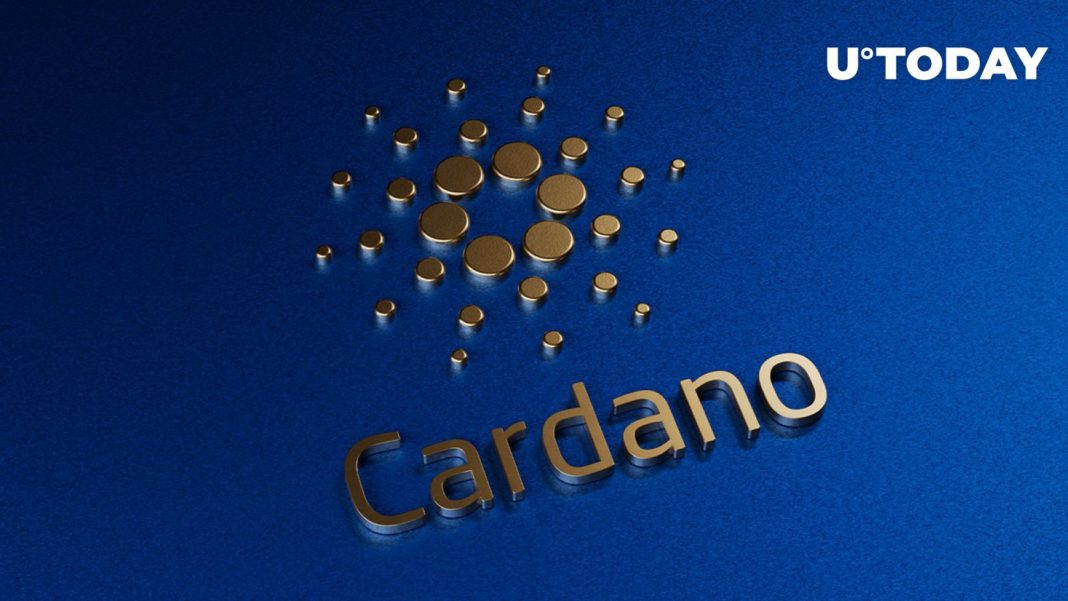The developer of the popular blockchain visualizer on Cardano eUTxO.org Peter Oravec debunked a popular misconception about Cardano’s low number of transactions on the blockchain compared to smaller alternative networks like HBAR.
According to the original post, the support of the HBAR network shares eye-catching data: the relatively young network HBAR seems to have almost the same exact number of transactions as Cardano, which has been running in the industry since 2017.
Your stats are misleading… 99.6% of #HBAR transactions are just consensus messages…
Cardano doing 10x more real transactions and it’s permissionless, anyone can be a SPO without asking anyone, open sourced, not patented, low HW requirements, fully decentralized… 🤷♂️ pic.twitter.com/a3np2yJklU— Peter Oravec – eUTxO.org (@oravecpeter) January 21, 2023
However, it is too early to make any assumptions: the stats anyone can see on the HBAR blockchain explorer are misleading, says the developer. More than 99% of all transactions on that network are consensus messages and have nothing to do with real network usage.
Compared to HBAR, Cardano is making 10 times more real transactions and remains permissionless, hence more decentralized. The consensus messages that correspond to most of HBAR’s transactions are not actually tied to value transfers, which is why they cannot be considered “real transactions.”
Other Cardano enthusiasts rushed to disagree with the original post’s author and told him to become more educated prior to sharing misleading facts. Cardano is indeed a much bigger network compared to HBAR and provides more value, especially considering the amount of new solutions and projects that have attracted hundreds of new users on the blockchain since its launch.
Unfortunately, Cardano’s underlying cryptocurrency ADA is not doing as well on the market as one would expect after taking a quick look at the network’s development in the last few years. Even during the short-term bull run, ADA is barely overperforming Bitcoin’s growth and not even remotely covering the losses investors have experienced since 2021.






